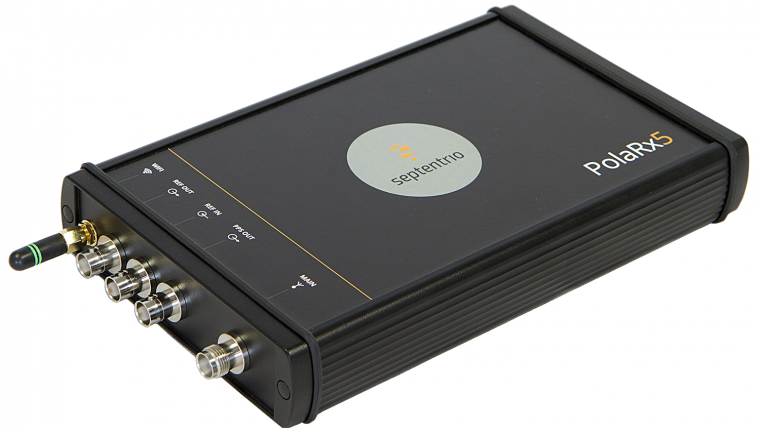Septentrio Introduces GNSS Reference Receiver PolaRx5
Septentrio, Belgium, has launched a global navigation satellite system (GNSS) receiver for precise scientific and geodetic applications: the PolaRx5. This receiver is developed specifically to support the most demanding applications for the Earth science community, offering a range of advanced features which enable maximum accuracy and functionality. Powered by Septentrio’s multi-frequency engine, the PolaRx5 offers 544 hardware channels for robust and high-quality GNSS tracking. The receiver supports all major satellite signals including GPS, GLONASS, Galileo and BeiDou as well as regional satellite systems including QZSS and IRSS.
Filters
Septentrio’s Advanced Interference Mitigation (AIM+) technology enables the PolaRx5 to filter out both intentional and unintentional sources of radio interference, from narrowband signals over high powered pulsed signals to chirp jammers and Irridium interferers. Septentrio’s patented APME+ multipath mitigation technology – able to in eliminate short delay multipath without introduction of bias – guarantees superior measurement quality. If needed, the user has the ability to activate or deactivate APME+ to obtain completely unmodified measurements.
Thanks to Septentrio’s comprehensive web interface and the built-in Wi-Fi and Bluetooth interface, users have complete control and visibility of the receiver. The user’s web browser provides secure access to all receiver settings and status, data storage and firmware upgrades as well as advanced monitoring such as a built-in spectrum analyser.














